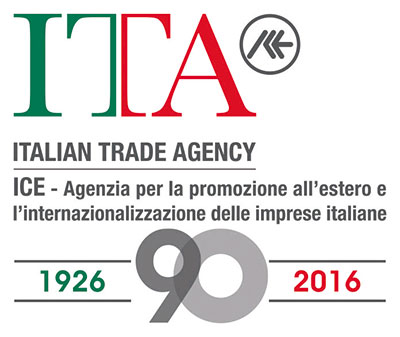Markets to explore: Canada
 The column dedicated to Italian companies operating in the packaging with a keen eye to the possibilities of growth and development abroad is born out of the collaboration between ICE-Agenzia and Edizioni Dativo. The network of ICE offices abroad will provide a regular update on the development of the packaging in the short/medium term in selected countries.
The column dedicated to Italian companies operating in the packaging with a keen eye to the possibilities of growth and development abroad is born out of the collaboration between ICE-Agenzia and Edizioni Dativo. The network of ICE offices abroad will provide a regular update on the development of the packaging in the short/medium term in selected countries.
According to a market survey conducted by ICE - Toronto, Canada is the world’s ninth largest buyer of packaging machinery and equipment.
Imports
In 2015, the country imported technology worth over $467 million (+16% compared to the previous year).
In this context, about 50% of Canadian exports is made up of filling, sealing and capping machines (code HS842230). The next largest component is represented by packaging machinery, including belt-fed ones (code HS843340), at approximately 40%.
Italy is the country’s third largest supplier of packaging machinery and equipment, behind the USA and Germany, with nearly $89 million in exports in 2015 (+25.64%), and a market share of 13.8%.
Also when looking specifically at Italy, the combination of the HS842230 and HS842240 categories represents over 90% of exports to Canada.
Trade balance
In the sector Canada has a negative trade balance, both generally and specifically with Italy.
Canada is a net importer, both globally and in the specific case of trade with Italy. The country is also a net importer of machinery and equipment in this sector.
Canada’s trade deficit in global trade went down in 2015 (-14.40%), while its trade deficit in trade of packaging machinery with Italy went up (+24.25%).
Market trends
In recent decades, like many countries, Canada has undergone profound socio-cultural and demographic changes: the rise of less numerous families, a high divorce rate (50%), more singles (now half of Canada’s adult population), and the arrival of millennials on the consumer market (people born between 1981 and 1996). These changes have caused consumption habits to change as well, especially of durable goods and food products.
Economy and ease of purchase and consumption, wholesomeness and freshness, recyclability, monodose packaging: these are the main characteristics that today’s Canadian consumer looks for in a product.
Packaging manufacturers assess a variety of factors in accordance with their need to innovate and respond or even anticipate end user requests and keep pace with an evolving market.
Materials used. Traditional packaging such as preformed bags and tubs are being replaced by multilayer films, which simplify integration and automation of production lines and are less costly to produce and process. A direct consequence of this is the widespread use of high tech solutions and conveyor-wrapping.
Sustainability/eco-compatibility. The entire life cycle of products and packaging downstream of the production process is affected by a widespread and active attention to environmental issues.
Reuse. Reusable and reclosable packaging solutions of various formats (with ziplock or peelable) are enjoying increasingly widespread use among consumers. To this end, HFFS and VFFS packaging technologies figure among the most frequent requests of packaging manufacturers.
Flexibility. Among Canadian technology users, there is demand for systems that can package various products in different formats without requiring mechanical reconfiguration, or at most very little.
In this scenario, Italian expertise in integrating and automating complete lines and processes enjoys high recognizability and popularity in Canada.
Italian operators’ innovations in design, materials, processes and products, in spite of a delayed reception in North America, are a driving force in technological updates to Canadian industry.
The project is coordinated ICE-Agenzia headquarters in Rome, by the Industrial Technology, - Energy and Environment office headed by Ferdinando Pastore. Contacts: Matteo Masini, tel 06.5992.9356 - [email protected]

















